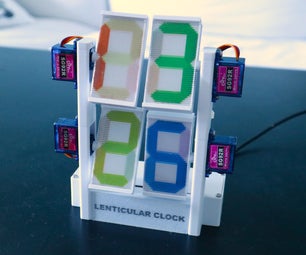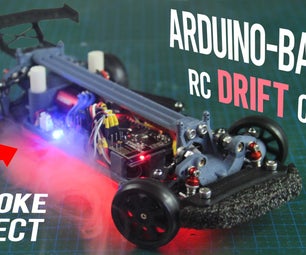Introduction: Etch a Sketch Featuring Gen4-uLCD-50DT
Etch-A-Sketch project aims to give the popular 90’s game a reboot on a higher technology. Same mechanics apply for the game but now using 2 potentiometers to navigate and draw around the screen. As an added feature, users can take a snapshot of their creations and be displayed unto the screen.
Gen4-uLCD-50DT uses the Diablo16 processor that is able to process analog readings and display graphics on it LCD screen. The Gen4-uLCD-50DT can be used standalone or even controlled using a host.
Step 1: How It Works
Two potentiometers will allow the users to draw on the
screen, one potentiometer will be used for the X-Axis or the horizontal strokes and another potentiometer will be used for the Y-Axis or the vertical strokes. Users can also use the “clear screen” button to erase all their drawing as opposed to the old mechanics of the game that needs to shake up the whole Etch-A-Sketch pad.
Finally, users can take a snapshot of their creations using another button and save it to the microSD card.
Step 2: Build
Components
- gen4 uLCD-50DT
- gen4 PA
- 2x 1K Ohm Potentiometer
- Breadboard
- microUSB programming cable
- uSD Card
- Jumper Wires
Build the circuit as shown in the diagram
Step 3: Program
This program is written using 4D Systems’ ViSi Environment. Download the program at our website,
- Download the project file here.
- Open the project using the Workshop 4.
- Check on the communications port. Press the Comms tab and select the correct port number.
- Click on the “Compile” button.
Note: This step could be skipped. However, compiling is essential for debugging purposes. - Connect the Gen4 –uLCD-50DT to the PC using a micro USB cable.
- Now click on the “Comp’nLoad” button.
- Workshop 4 will prompt you to select a drive to copy the image files to a uSD Card. After selecting the correct drive, click OK.
- After uploading the program in to the module, it will try to mount the µSD card. If the µSD card is not present it will prints an error message. Once µSD card is mounted, you will see the screen displayed in the image on the bottom.











